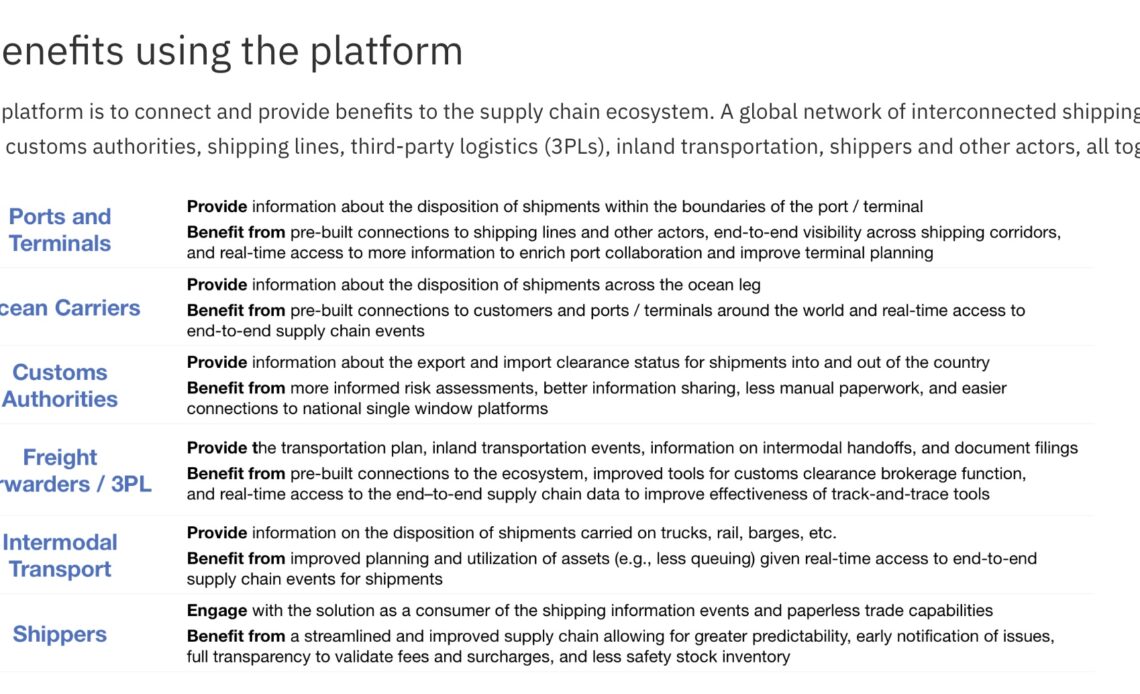Blockchain projects continue to experience failure rates in excess of 90%, and it seems that with every passing moment, more and more “successful” companies add their underperforming blockchain project to the graveyard. One of the most recent blockchain failure victims was Moller-Maersk, which recently announced the termination of its highly publicized TradeLens offering — a global trade platform built on IBM blockchain technology.
These failures, however, were totally predictable and, in many cases, would be avoidable if companies more closely observed certain lessons in innovation diffusion.
Lesson 1: Innovation is not monolithic. One of the biggest mistakes companies make is to treat innovation as a monolithic concept. Innovation is anything but monolithic. Unfortunately, business associations, business press and business schools love to create an endless parade of innovation lists and innovation awards that reinforce the idea that all innovation is the same.
Clayton Christensen’s New York Times best-selling book The Innovator’s Dilemma was one of the first major attempts to distinguish innovation types. His work was helpful in starting the conversation, but a better framework for categorizing innovation comes from Rebecca Henderson and Kim Clark, who identified four types of innovation: incremental, modular, architectural and radical.
Related: From Bernie Madoff to Bankman-Fried, Bitcoin maximalists have been validated
While there are innovations that may fit in the modular and architectural category, blockchain is, at its core, disruptive. Given that disruptive technologies replace existing frameworks, interactions and intermediate institutions, the most successful early applications and innovations will come from smaller/startup firms rather than IBM, Maersk or other Fortune 100 companies.
Lesson 2: Complexity is an innovation killer. This is especially true for modular and radical innovation. Everett Rogers noted the inverse relationship between complexity and the willingness and ability to adopt an innovation. This complexity not only relates to the blockchain application itself but also to internal decision-making processes, the level of change required to adopt, and how much new knowledge is needed to implement.
Experts have outlined the difficulty of implementing projects like TradeLens, as “the technology is complex, requires more computing power…
Click Here to Read the Full Original Article at Cointelegraph.com News…
